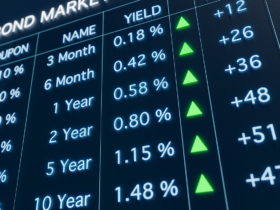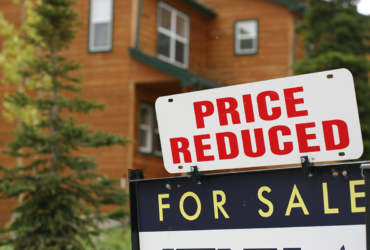Home prices increased for the first time in seven months, according to the Black Knight Mortgage Monitor Report.
- M-O-M: Home prices rose 0.16% on a seasonally-adjusted basis in February, this was the first increase in seven months and the highest increase since May of last year.
- Y-O-Y: The headline annual home price growth rate fell to 1.94%, down from up 3.43% in January and the first time we’ve seen annual home price growth below 2% since early 2012.
Equity. Thanks to a slight increase in home prices tappable equity saw a slight uptick in February to $9.3T, up $200 billion from December but still down 15% from 2022’s peak.
- Even with the 15% dip from the summer, tappable equity is still up 56% ($2.4T) from the start of 2020.
- The average mortgage holder has $178K in tappable equity which is 54% above the market average three years ago.
Home Affordability. The good news in March is that home affordability did not get worse. The bad news in March is home affordability didn’t get any better. It still requires 33.2% of the median household income to make the monthly principal and interest payment on the average home purchase. This remains below October’s peak of 37% but is well above the 30-year average of 24%.
- NOTE: Black Knight says it would take a 10% drop in prices, a return to 5.25% interest rates on a 30-year mortgage, and a 5% income growth – or some combination thereof – for affordability to return to long-run averages.
Inventory. Inventory levels continued to deteriorate, with homes available for sale falling for the fifth consecutive month to their lowest level since May of last year. New listings ran 27% below pre-pandemic levels and active for-sale inventory levels are now back to 47% below pre-pandemic levels.
BOTTOM LINE: With rates leveling off inventory has become the current driver of the US housing market. Homeownership remains relatively unaffordable, thanks to higher mortgage rates, but home prices nationwide won’t continue to see a dramatic correction until inventory levels start moving in a positive direction.






Got a Questions?
Find us on Socials or Contact us and we’ll get back to you as soon as possible.